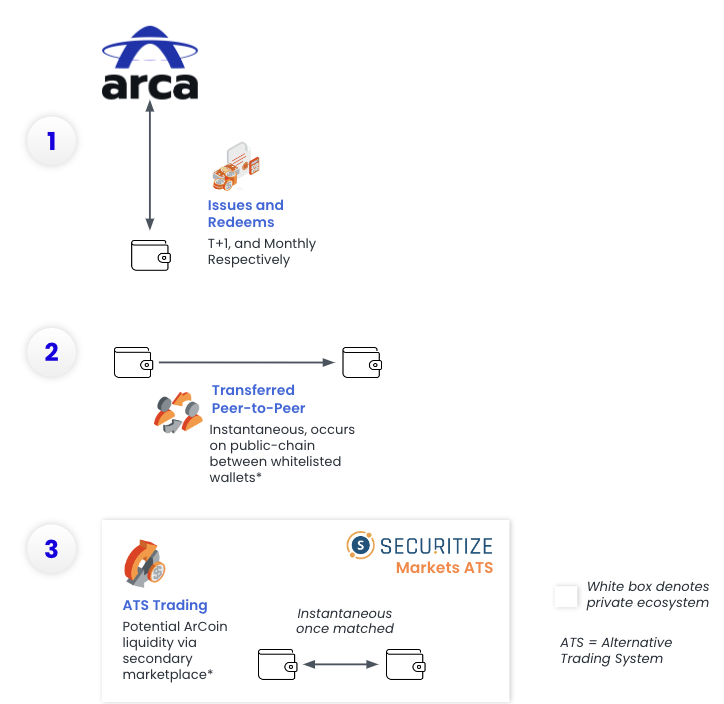Podcast Summary
This podcast delves into the evolution of Ethereum and the development of roll-ups as a scaling solution. It introduces blob space, a new resource on Ethereum that will be used by layer twos to commit data on-chain. The podcast explores the technical details of how blob space works and its implications for scalability and cost reduction. It also discusses the impact of blob space on Ethereum’s economics, including value accrual and market dynamics.
Key Takeaways
Ethereum’s Evolution and Roll-Ups
- Origins of Roll-Ups: The original plan for scaling Ethereum was execution charting, which involved splitting Ethereum into smaller shards. However, this was found to be difficult and complicated, leading to the exploration of Roll-Ups as an alternative solution.
- Function of Roll-Ups: Roll-Ups allow for parallel execution of transactions on smaller blockchains, providing scalability. They compete with each other to offer different trade-offs and environments for users.
- Roll-Up Centric Roadmap: The Roll-Up Centric roadmap of Ethereum aims to shard out the execution layer into Roll-Ups while still maintaining security and consensus benefits by posting data back to the Ethereum mainnet.
Introduction of Blob Space
- Definition and Role: Blob space is a container of data used to store transactions in the Ethereum blockchain. It is cheaper and more plentiful than block space, making it appealing for Roll-Ups.
- Benefits for Roll-Ups: Roll-Up sequencers can activate blob space by updating their systems to support blobs and stop posting everything on layer one. Blob space is a permissionless system, allowing anyone to put data inside layer one blobs.
- Future Applications: Blob space is expected to be used for storing NFTs and other data-intensive applications. Validators and stakers will need to download and serve blobs, but they don’t have to store them forever. Blobs expire after a certain period of time.
Implications for Scalability and Cost Reduction
- Data Availability: Ethereum enforces data availability for 18 days, after which the data can be stored in long-term storage solutions. The goal is to have lightweight nodes be able to verify the availability of published data in a scalable way.
- Cost Reduction: Blob data is not part of the state and can be stored on cheap hard drives. Data storage is becoming cheaper over time, reducing the cost of terabytes of data.
- Scalability Potential: The introduction of blob space increases the scalability potential of Ethereum, allowing for more complex transactions on layer two and the possibility of a future software application that automatically downloads and stores data for specified addresses.
Sentiment Analysis
- Bullish: The podcast presents a positive outlook on the future of Ethereum, highlighting the potential of blob space to enhance scalability and reduce costs. The introduction of blob space is seen as a significant step forward in Ethereum’s evolution, with potential benefits for developers, users, and the broader Ethereum ecosystem.
- Bearish: There is no bearish sentiment expressed in the podcast.
- Neutral: The podcast provides a balanced view of the technical details and implications of blob space, acknowledging the challenges and trade-offs involved in its implementation. It emphasizes the need for ongoing innovation and development to fully realize the potential of blob space and roll-ups.












